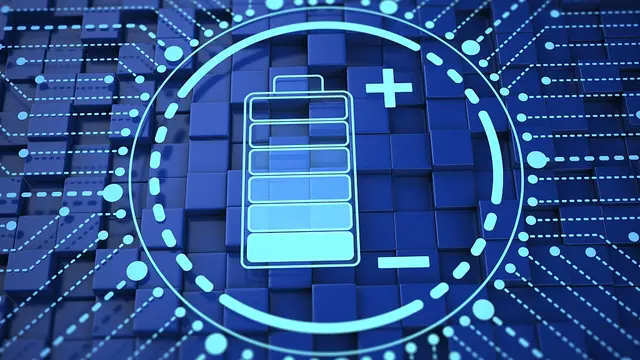Engineers at the University of Illinois (UI) have developed a solid polymer-based electrolyte in batteries that can self-heal after damage, and the material can also be recycled without the use of harsh chemicals or high temperatures.
According to a news release posted on UI's website on Monday, the researchers developed a network polymer electrolyte in which the cross-link point can undergo exchange reactions and swap polymer strands. In contrast to linear polymers, these networks actually get stiffer upon heating, which can potentially minimize the dendrite problem.
Moreover, these networks can be easily broken down and re-solidified into a networked structure after damage, making them recyclable. They also restore conductivity after being damaged because they are self-healing.
"This new network polymer also shows the remarkable property that both conductivity and stiffness increase with heating, which is not seen in conventional polymer electrolytes," UI graduate student Brian JingJing said.
"Most polymers require strong acids and high temperatures to break down," said UI materials science and engineering professor and lead author Christopher Evans. "Our material dissolves in water at room temperature, making it a very energy-efficient and environmentally friendly process."
The researchers probed the conductivity of the new material and found its potential as an effective battery electrolyte to be promising. But they acknowledge that more work is required before it could be used in batteries that are comparable to what is in use today.
Lithium-ion batteries are notorious for developing internal electrical shorts that can ignite a battery's liquid electrolytes, leading to explosions and fires.
The new study has been published in the Journal of the American Chemical Society.
(ASIA PACIFIC DAILY)
 简体中文
简体中文

